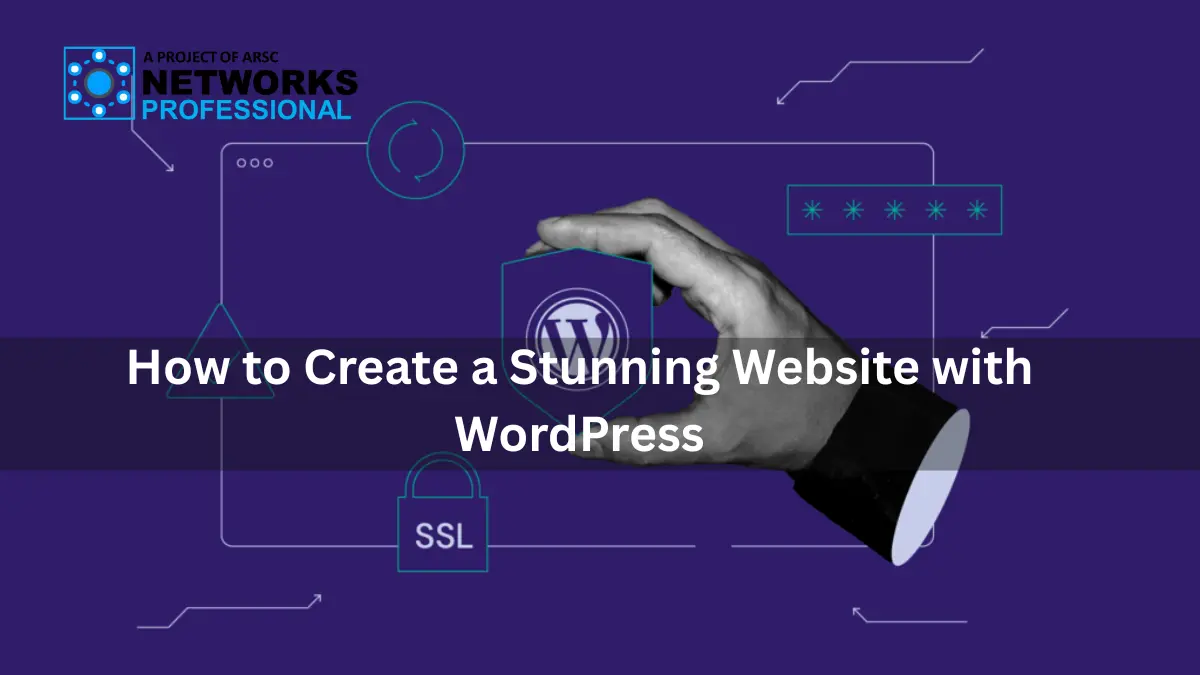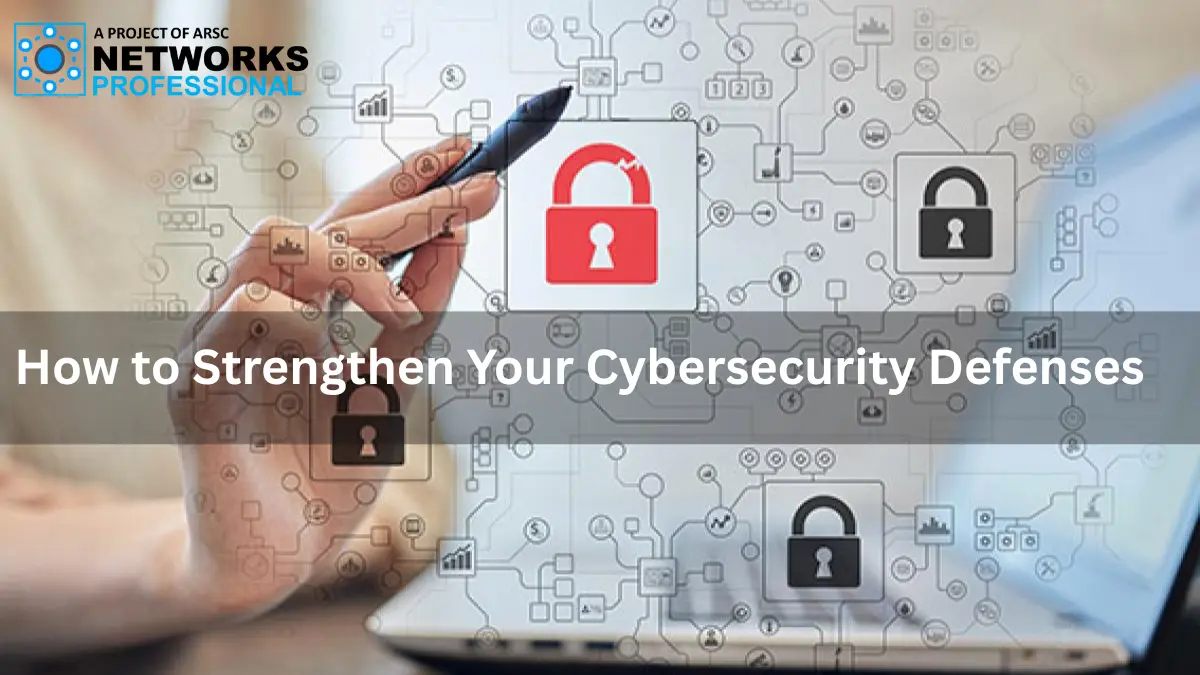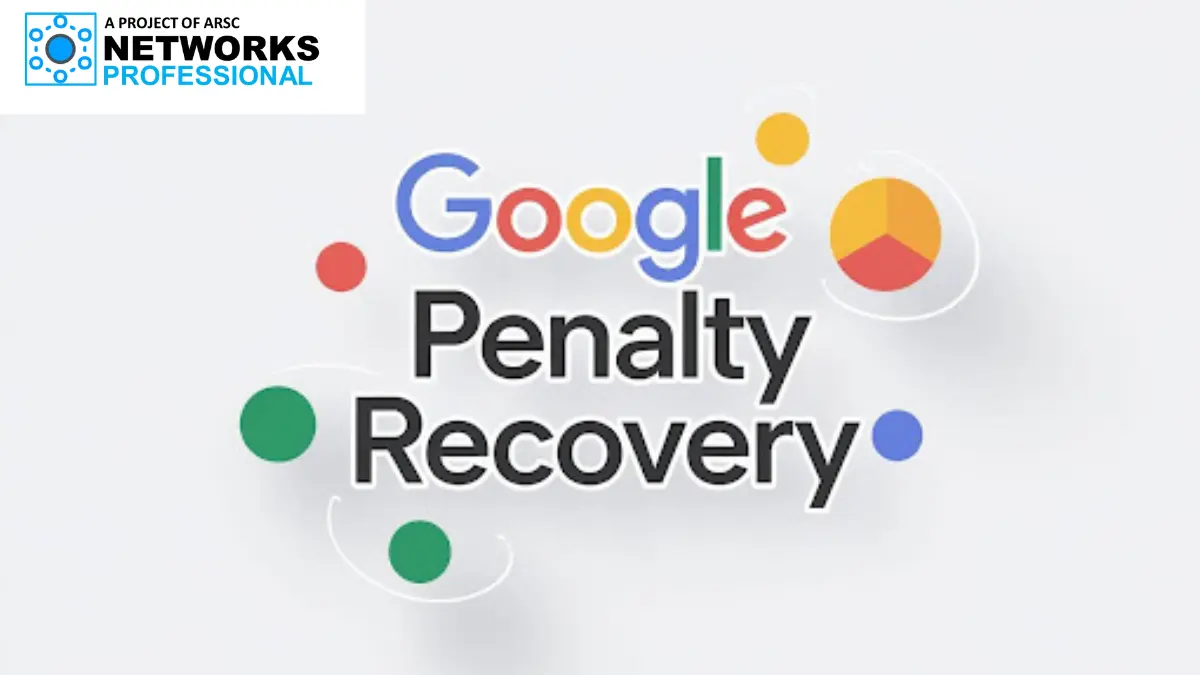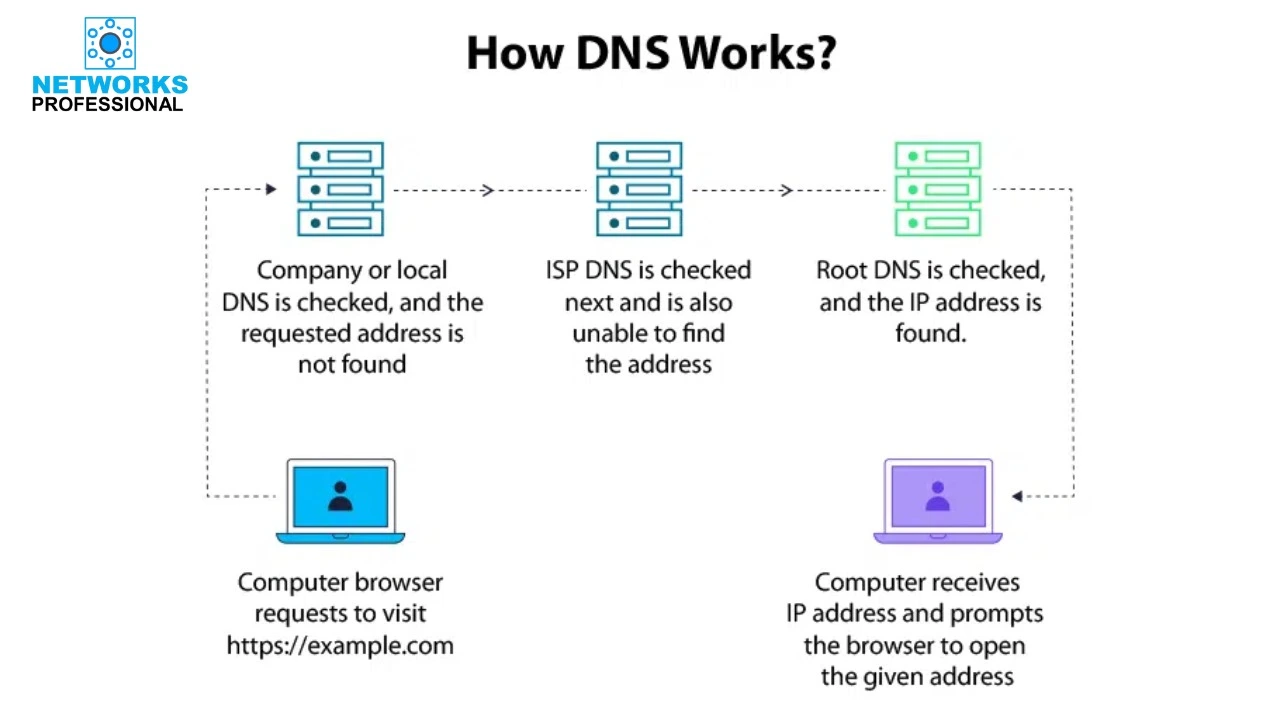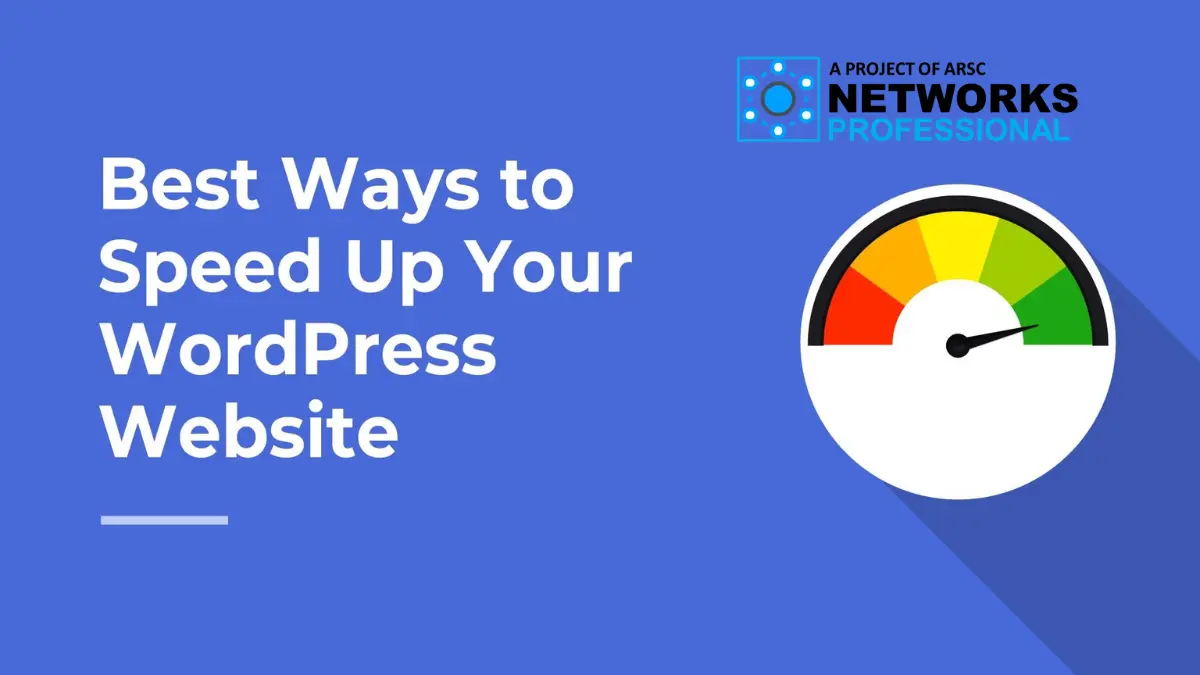WordPress Security 101: How to Secure Your WordPress Website
WordPress powers over 40% of the web, making it a prime target for hackers. While it’s one of the most user-friendly platforms, securing your WordPress website is crucial to protecting your content, user data, and online reputation. In 2025, with evolving threats and increasingly sophisticated cyberattacks, website security is more important than ever.
Whether you’re running a personal blog, business website, or e-commerce store, the security of your WordPress site should always be a top priority. This guide will walk you through the best practices and tools to keep your WordPress website secure in 2025.
1. Choose a Secure Hosting Provider
The first line of defense for any website is its hosting provider. A secure hosting environment can help prevent attacks before they even reach your website. When choosing a hosting provider, ensure they offer:
-
Automatic backups to restore your site in case of an attack.
-
SSL certificates for encrypting data between your site and its visitors.
-
Security features like firewalls and malware scanners.
-
Regular updates to their server software to patch vulnerabilities.
Some top hosting providers for WordPress security in 2025 include SiteGround, Kinsta, and WP Engine, all of which offer optimized environments specifically designed for WordPress websites.
2. Use Strong Passwords and Enable Two-Factor Authentication (2FA)
One of the easiest ways hackers gain access to WordPress sites is through weak passwords. A strong password should contain a mix of upper and lowercase letters, numbers, and special characters. Avoid using common words or easily guessable information.
In addition to strong passwords, enabling Two-Factor Authentication (2FA) adds an extra layer of security. With 2FA, even if a hacker gets hold of your password, they’ll still need a second verification method, such as a code sent to your phone, to gain access.
Plugins like Wordfence Security, Google Authenticator, and WP 2FA can help you set up 2FA on your WordPress site.
3. Keep Everything Updated
WordPress regularly releases updates for its core software, themes, and plugins. These updates often contain important security patches that address known vulnerabilities. Running outdated versions of WordPress or using unpatched plugins can leave your site open to attacks.
Here’s what you should regularly update:
-
WordPress Core: Always keep the WordPress core software up to date.
-
Themes and Plugins: Keep your themes and plugins updated to the latest versions. Avoid using outdated or unsupported plugins.
-
PHP Version: WordPress works best on newer versions of PHP. Ensure your hosting provider supports the latest PHP versions, as they often include performance and security improvements.
You can enable automatic updates in WordPress settings, ensuring your website always runs the latest, most secure versions.
4. Install a Security Plugin
A WordPress security plugin is an essential tool for protecting your website from attacks. These plugins add a layer of defense and can help detect and block malicious activity. Some of the best security plugins for WordPress in 2025 include:
-
Wordfence Security: Offers a firewall, malware scanning, login protection, and live traffic monitoring.
-
Sucuri Security: Known for its website firewall, malware removal, and security hardening features.
-
iThemes Security: Provides features like brute force protection, 404 detection, and file change monitoring.
These plugins also help secure your login page, block malicious IP addresses, and regularly scan your website for potential threats.
5. Use a Secure Connection (SSL Certificate)
An SSL (Secure Sockets Layer) certificate encrypts the data exchanged between your website and its visitors, ensuring that sensitive information, like login credentials and payment details, remains secure. Websites with SSL certificates show a “padlock” icon in the browser address bar and use HTTPS instead of HTTP.
In 2025, SSL certificates are essential for securing any website, especially e-commerce sites that handle sensitive customer data. Many hosting providers offer free SSL certificates through Let’s Encrypt, so make sure to activate it for your WordPress site.
6. Backup Your Website Regularly
In the unfortunate event of an attack, having a recent backup of your website can be a lifesaver. Regular backups allow you to quickly restore your website to its previous state without losing valuable data.
-
Use Backup Plugins: Plugins like UpdraftPlus, BackWPup, and VaultPress make it easy to automate and schedule backups for your WordPress website.
-
Offsite Backups: Store your backups in a secure, offsite location, such as Google Drive, Dropbox, or Amazon S3, to ensure they’re safe even if your website is compromised.
Ideally, schedule backups on a daily or weekly basis, depending on how frequently you update your website.
7. Limit Login Attempts
Hackers often use brute force attacks, where they try to guess your password by attempting different combinations. Limiting the number of login attempts can help prevent this kind of attack.
Plugins like Limit Login Attempts Reloaded and Login LockDown allow you to restrict the number of login attempts from a single IP address. Once the limit is reached, the attacker is temporarily blocked from accessing your login page.
8. Protect Your wp-admin Folder
The wp-admin folder is where all administrative actions are carried out on your WordPress site, making it a prime target for hackers. You can protect this folder by:
-
Changing the login URL: The default login URL for WordPress is
yoursite.com/wp-admin. Change this to something unique to make it harder for hackers to find. -
IP Whitelisting: Limit access to the wp-admin folder by only allowing specific IP addresses to log in.
-
Two-Factor Authentication: As mentioned earlier, enable 2FA for an added layer of protection on your login page.
9. Set File Permissions Correctly
Incorrect file permissions can allow unauthorized users to access sensitive files and modify your website’s code. Ensure that your WordPress file permissions are set correctly:
-
Folders should have permission 755.
-
Files should have permission 644.
-
wp-config.php should have permission 400 or 440 to prevent unauthorized access.
Most hosts will set these permissions correctly by default, but it’s worth double-checking.
10. Monitor Your Website for Suspicious Activity
Monitoring your website regularly for unusual activity can help you spot potential security breaches early. Many security plugins, such as Wordfence and Sucuri, provide real-time monitoring and alert you about suspicious login attempts, unauthorized changes, or malware infections.
You can also use Google Search Console to monitor your site for malware warnings and check if Google has flagged your site for any security issues.
Conclusion
In 2025, securing your WordPress website is not optional—it’s a necessity. By implementing these security best practices, such as using strong passwords, enabling two-factor authentication, keeping your site updated, and installing security plugins, you can protect your website from the increasing number of threats online.
Remember, website security is an ongoing process. Regularly monitoring your site, performing backups, and staying informed about the latest security threats are essential steps to ensuring your WordPress website remains secure in the long term.

